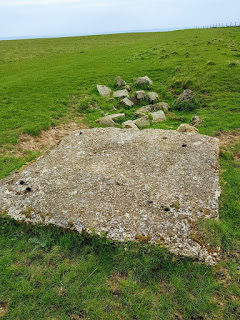Concrete Prehistories: The Making of Megalithic Modernism
Issued Date: 2 Sep 2015
Abstract
After water, concrete is the most consumed substance on earth. Every year enough cement is produced to manufacture around six billion cubic metres of concrete . This paper investigates how concrete has been built into the construction of modern prehistories. We present an archaeology of concrete in the prehistoric landscapes of Stonehenge and Avebury, where concrete is a major component of megalithic sites restored between 1901 and 1964. We explore how concreting changed between 1901 and the Second World War, and the implications of this for constructions of prehistory. We discuss the role of concrete in debates surrounding restoration, analyze the semiotics of concrete equivalents for the megaliths, and investigate how concreting became meaningful in interpretations of prehistoric building activities. The archaeology of megalithic concrete illustrates the untimeliness of concrete as a technology that entangles ancient and modern.





